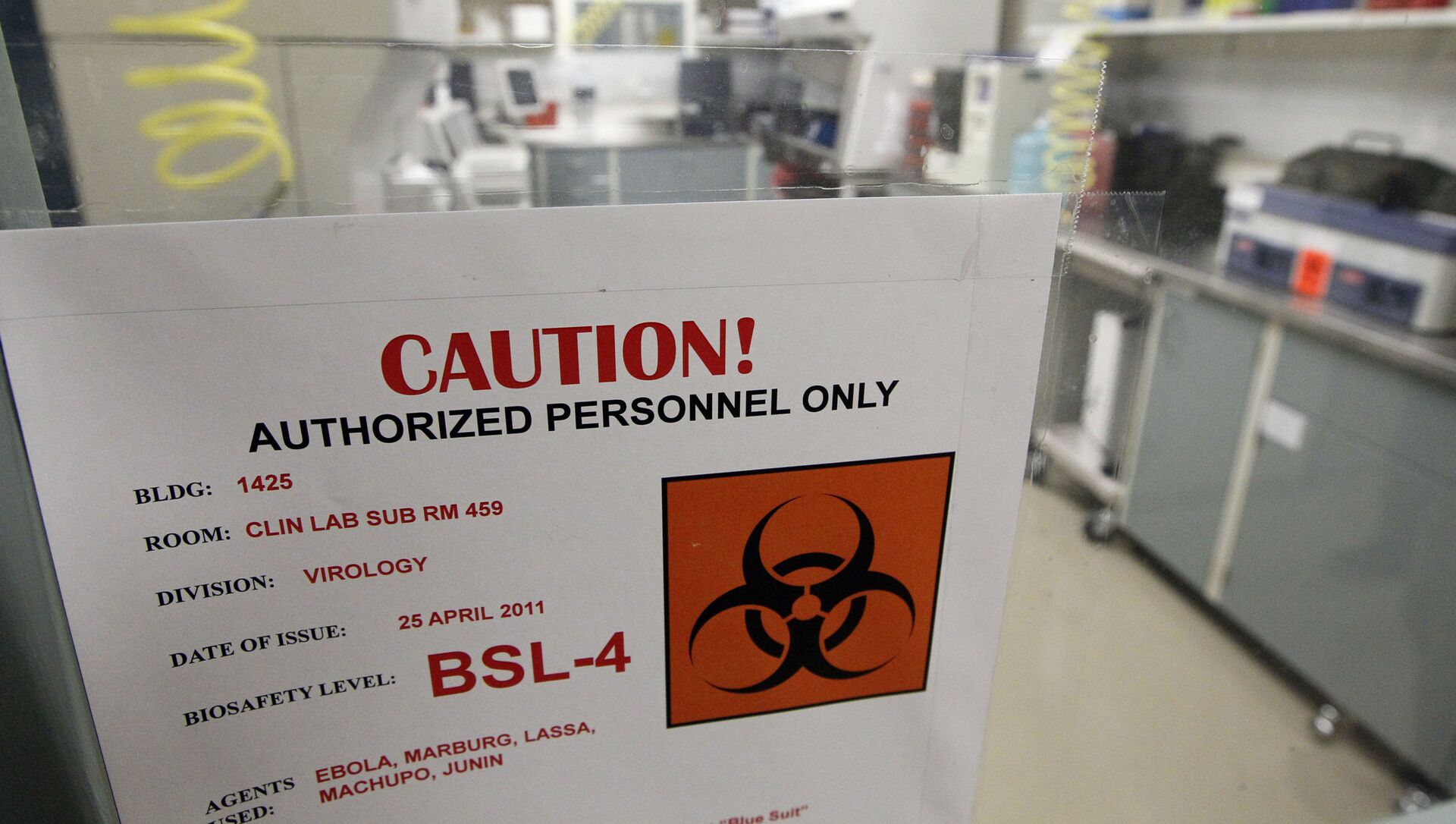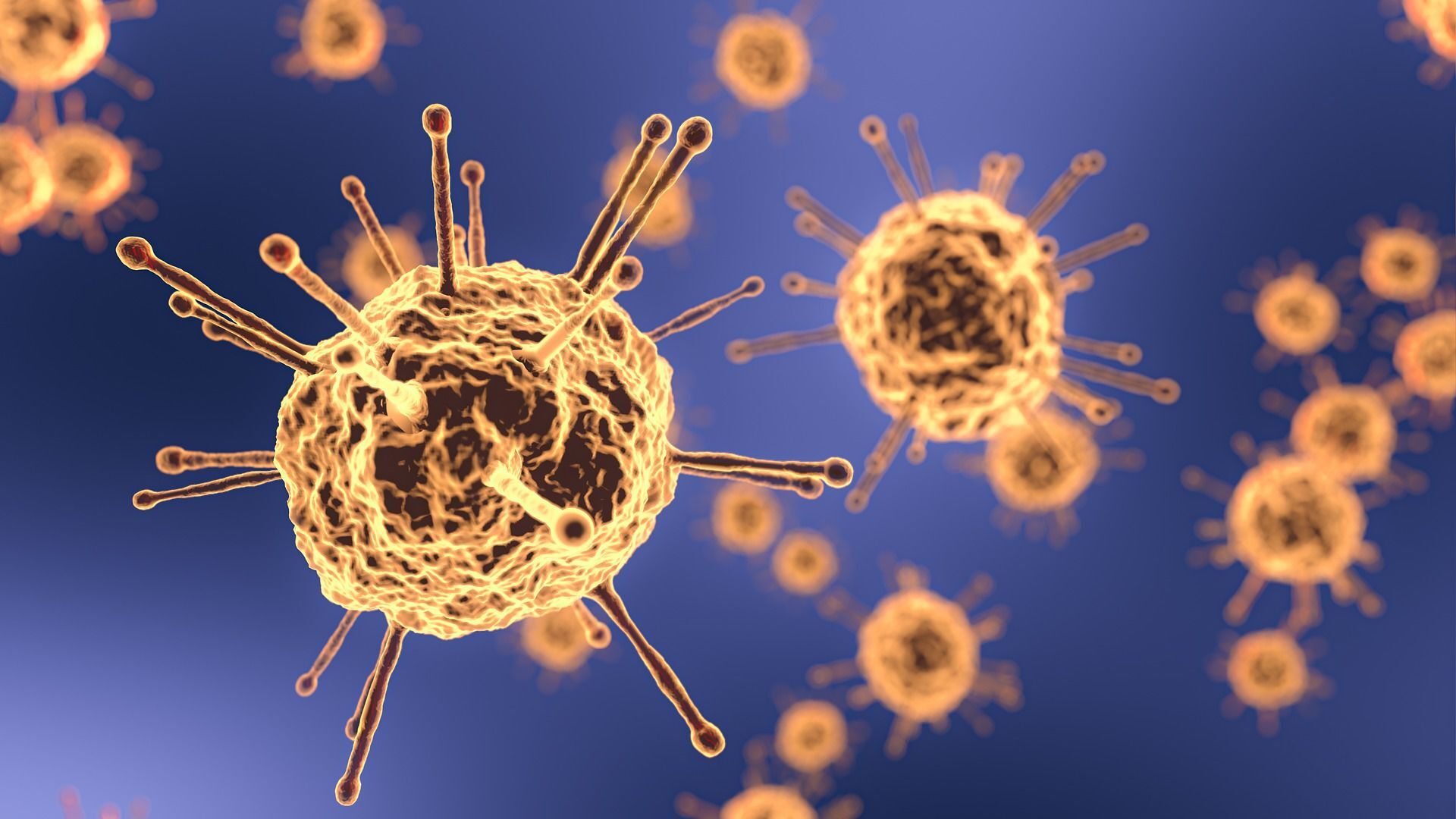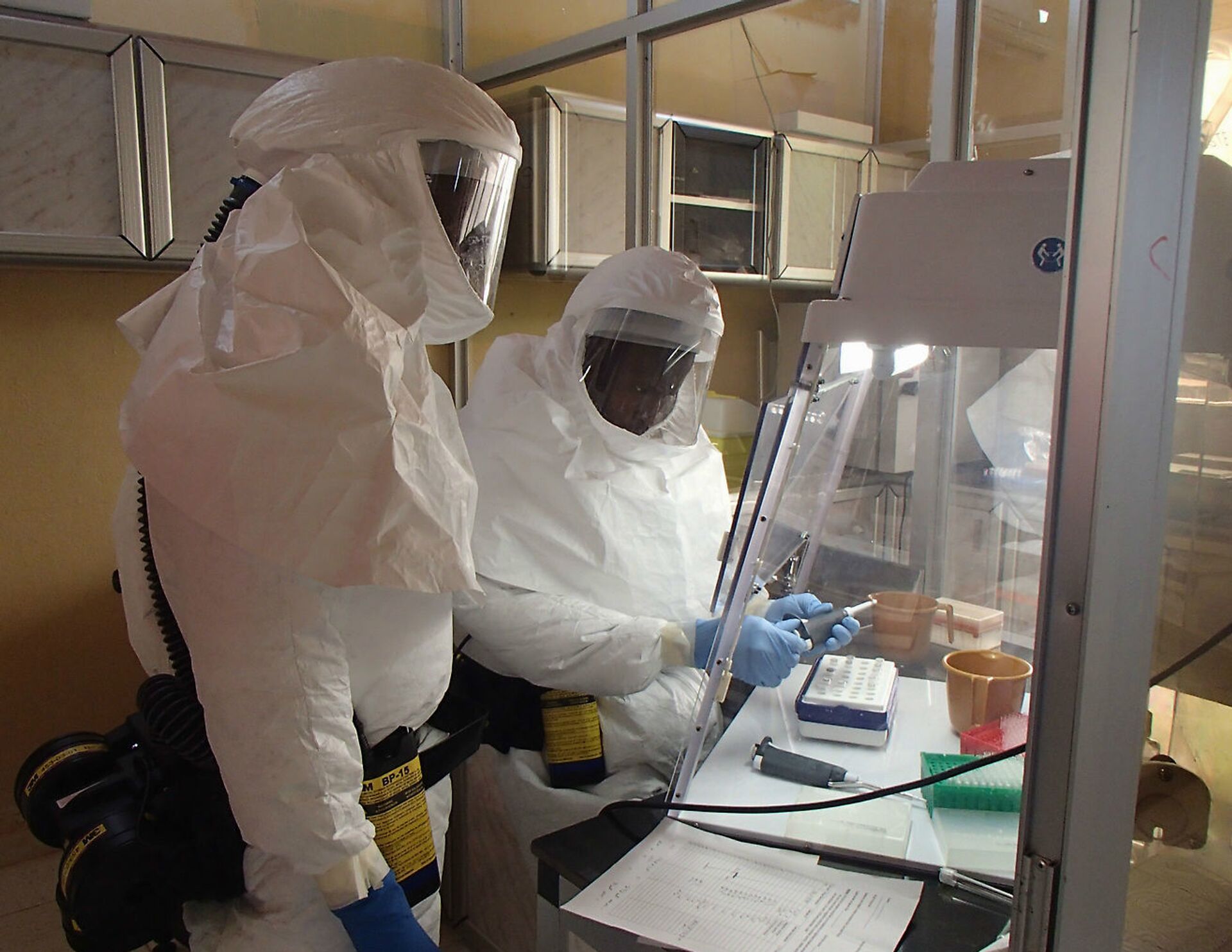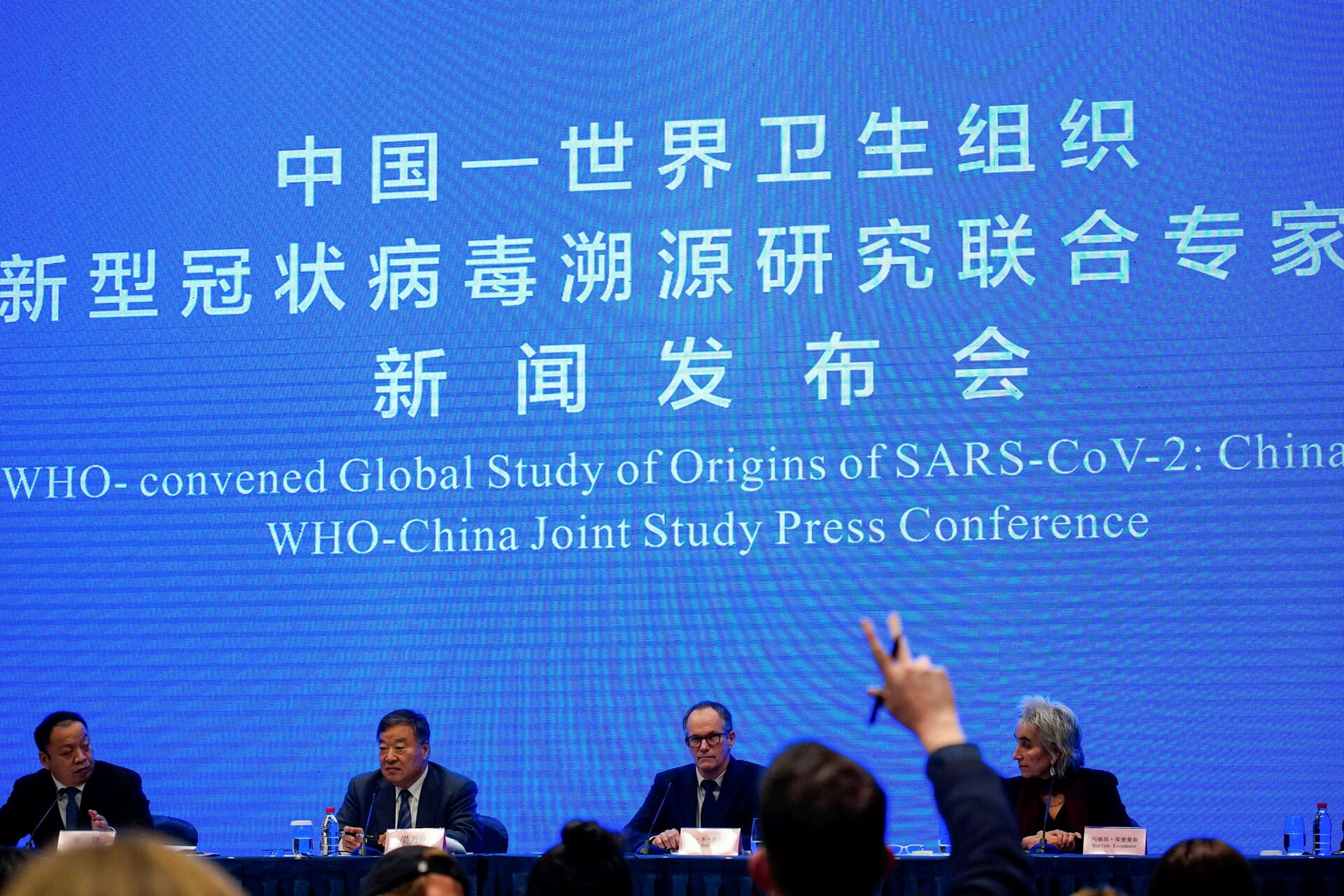Observers found that things only get more complicated when the origins of the coronavirus - an already difficult scientific issue - is entangled in political manipulation tricks. Combing through more than 8,000 pieces of news reports related to the lab-leak theory, the Global Times found that as many as 60 percent of the coverage was from the US alone.
It is worth noting that many media outlets in the US-led Western world, which hyped the lab-leak theory, are only willing to focus on the Chinese labs though they have been thoroughly investigated by the World Health Organisation (WHO), while turning a blind eye to the more suspicious American biological research institutions, such as the infamous US Army Medical Research Institute of Infectious Diseases (USAMRIID) at Fort Detrick, Maryland.
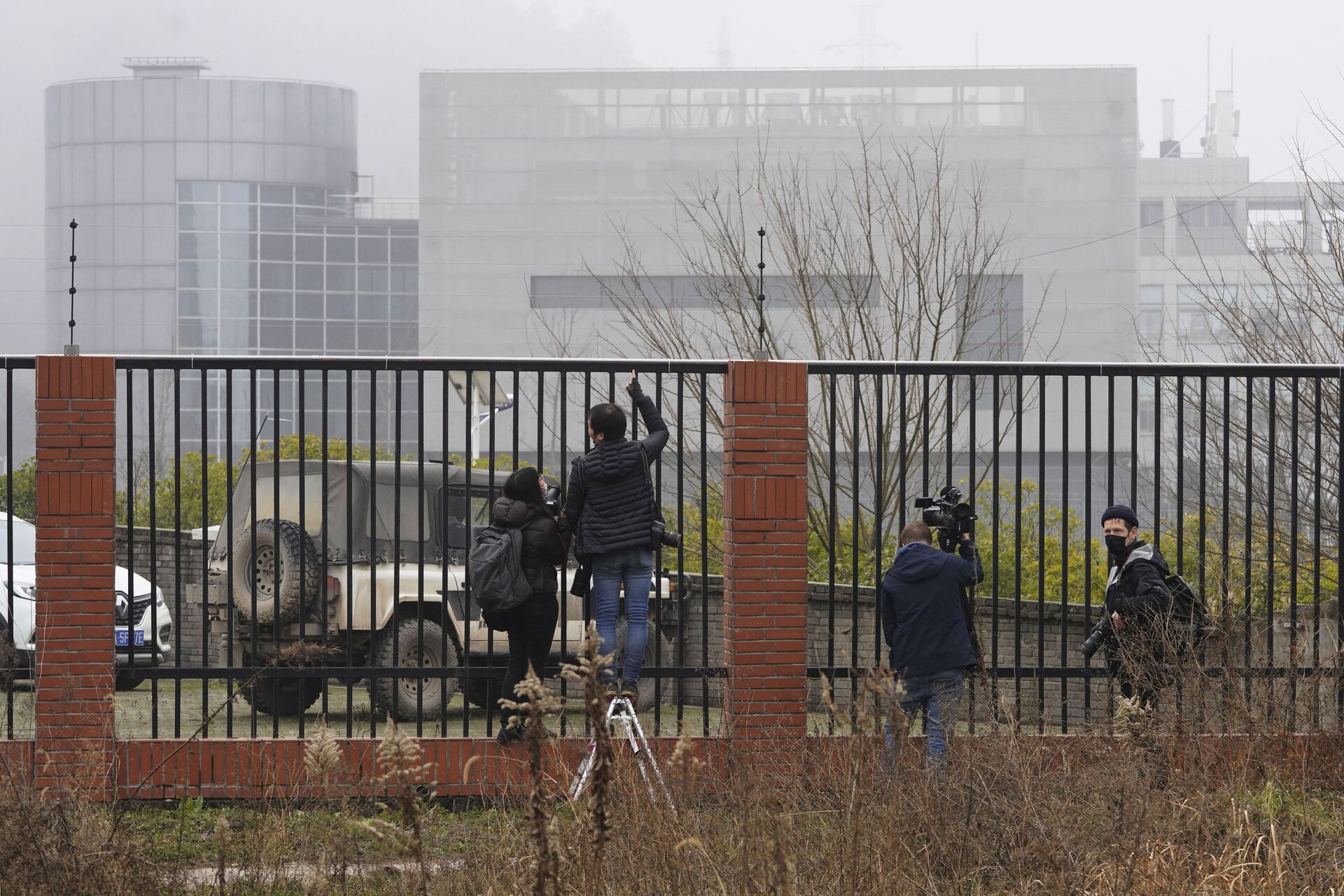
The USAMRIID was temporarily shut down in 2019 after a Centers for Disease Control and Prevention (CDC) inspection. Although this mysterious lab reported the reason for the closure as "ongoing infrastructure issues with wastewater decontamination", the explanation was not persuasive enough.
The Global Times found that the lab's failure to control toxins seemed to have alarmed the Countering Weapons of Mass Destruction related institutions in the US.
Resurgence of Lab-Leak Theory
A joint study into the origins of COVID-19 by Chinese experts and the WHO in March dismissed the "lab-leak" conspiracy theory. More evidence pointed to the fact that the virus had probably jumped from bats to humans via another intermediary animal, and it was "extremely unlikely" that it leaked from a lab, the study report said.
Nonetheless, the lab-leak theory has not disappeared; instead, especially from the beginning of May, it has been largely promoted by some US politicians and media outlets as a "plausible science." In an article published on Bulletin of the Atomic Scientists on May 5, without any evidence, science writer Nicholas Wade claimed that "proponents of lab escape can explain all the available facts about SARS2 considerably more easily than can those who favour natural emergence".
Days later, The Wall Street Journal reported on May 23 that three researchers at Wuhan Institute of Virology (WIV) "became sick enough in November 2019 that they sought hospital care," and they had "symptoms consistent with both Covid-19 and common seasonal illness." The WSJ report quoted a "previously undisclosed US intelligence report".

On May 26, President Biden stated that he had ordered the US intelligence community to "redouble" its efforts to investigate the origins of COVID-19. The US national security adviser Jake Sullivan even claimed on June 20 that China will face "isolation in the international community" if it doesn't cooperate with a further probe into the origin of the COVID-19 pandemic, Bloomberg reported that day.
Pressure from politicians and the media seems to have affected some authoritative medical scientists in the US, including Director of the US National Institute of Allergy and Infectious Diseases (NIAID), Anthony Fauci. On May 11, after Rand Paul, a Republican to the Senate, accused Fauci of helping the Wuhan lab "create" the virus, Fauci strongly denied the accusation but said he is "fully in favour of any further investigation of what went on in China".
This sudden change in the attitude of some US experts is due to the political pressure they have received, a Chinese virologist told the Global Times. "Western media like to ask the experts misguiding questions, like, 'is (lab leak) absolutely impossible?'" said the virologist who requested anonymity.
It's very difficult for experts to answer a question like that, as the possibility, although very little, still exists, the virologist said. "All they can say is, 'it's possible,'" he told the Global Times. Actually, most experts usually add "but it's highly unlikely" after "it's possible," but the media only presents the part which confirms their own bias, he said.
Big data shows the US is pushing the narrative of the COVID-19 lab-leak theory. Among the 8,594 pieces of news report related to "lab leak" that database GDELT collected since 2020, 5,079 were from the US, accounting for 59 percent. Following the US were the UK (611 pieces) and Australia (597 pieces). Almost all the coverage targeted the WIV lab.
While the US is solely focused on Chinese labs, the US seldom pays attention to the fault in its own domestic labs, some of which have even triggered virus-related accidents before. According to an August 2020 article by ProPublica, an independent newsroom that produces investigative journalism, the University of North Carolina at Chapel Hill reported 28 lab incidents involving genetically engineered organisms to safety officials at the National Institutes of Health between January 2015 and June 2020.
"Six of the incidents involved various types of lab-created coronaviruses," ProPublica said in the article. "Many were engineered to allow the study of the virus in mice".
Weirdly, very few US mainstream media outlets have raised the question of whether there is the possibility that COVID-19 was leaked from US labs, said the Chinese virologist. "They dare not ask that", he said.
In an article published on the independent political blog site Moon of Alabama on May 27, the author pointed out that some Westerners' hyping of the Wuhan lab leak conspiracy is similar to the trick the US played in pushing the Iraq War in 2002 - the US claimed "Saddam Hussein will soon have a nuclear weapon", which was "obvious nonsense," the author said.
"The 'lab leak' theory is similar to the WMD claim - evidence-free speculation long promoted by a neoconservative leaning administration that was extremely hostile to the 'guilty' country in question", said the author.
The lab-leak theory, therefore, "isn't just about an implausible, evidence-free tale of a SARS-CoV-2 lab escape", the author noted. "It is a campaign launched to depict China as an enemy of humankind".
International Concerns on US Bio-Labs
The US has many bio-labs in 25 countries and regions across the Middle East, Africa, Southeast Asia and the former Soviet Union states, with 16 in Ukraine alone. Some of these labs have seen large-scale outbreaks of measles and other dangerous infectious diseases, according to media reports.
The international community has frequently expressed concern over the US' biological militarisation activities in other countries.
In October 2020, Deputy Chairman of the Security Council of Russia, Dmitry Medvedev, said that the US research activities in bio-labs in members of the Commonwealth of the Independent States have caused grave concern. The US not only builds bio-labs in these countries but also tries to do so in other places across the world. However, its research lacks transparency and runs counter to the rules of the international community and international organisations.
Anatoly Tsyganok, a corresponding member of the Russian Academy of Military Sciences and associate professor of Faculty of World Politics at Lomonosov Moscow State University, told the Global Times that biological and bacteriological weapons tests on US territory are prohibited by the US Congress. He said that the US military has been and is still carrying out tests of biological and bacteriological weapons in Georgia.
This is done under the guise of providing sick people with various therapeutic vaccines conducted by the US military and American private contractors at the Richard Lugar Center for Public Health Research, Tsyganok said. Related tests have been exposed by various media outlets.
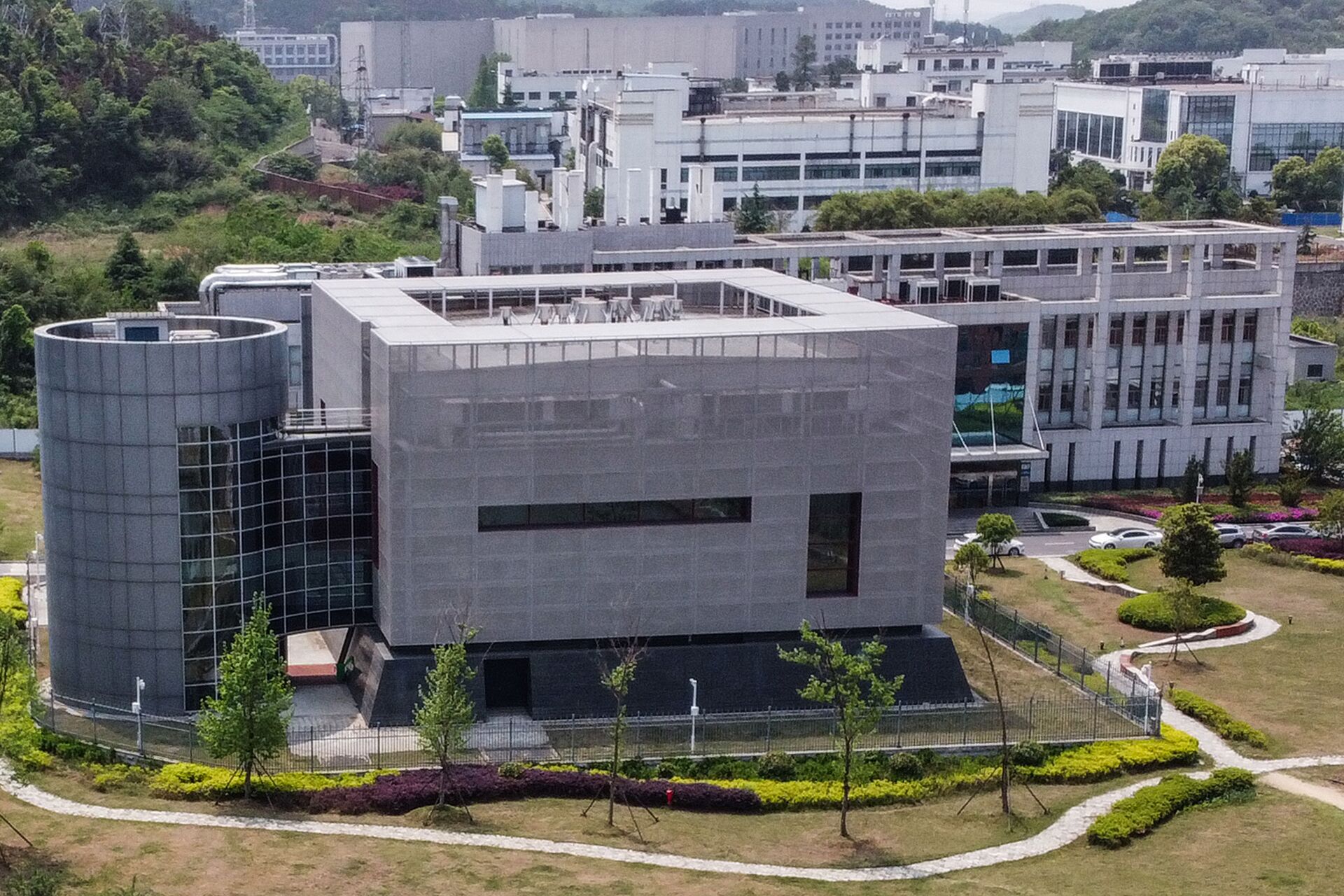
In December 2015, 30 patients at the research centre who were being treated for hepatitis C died. Twenty-four of them died on the same day, and their cause of death was listed as "unknown", according to Tsyganok and Russia news outlet.
Residents of neighbourhoods around these labs often complain about health problems.
Bulgarian journalist Dilyana Gaytandzhieva published a story about the Lugar centre in early 2018. In her interviews for the report, most residents who lived nearby the labs complained of headaches, nausea and high blood pressure. They also said there was black smoke coming from the lab.
USA Today reported that since 2003, hundreds of incidents involving accidental contact with deadly pathogens occurred in US bio-labs at home and abroad. This may cause the direct contacts to be infected, who can then spread the virus to communities and start an epidemic.
A member of the Russian Academy of Sciences, Armais Kamalov said in an interview with TASS in early June that the development of genetically engineered viruses as biological weapons should be subject to the same worldwide ban as the testing of nuclear weapons. He mentioned US labs in Georgia and Armenia as reference.
"There are a lot of labs, which are bankrolled today by the United States Department of Defense. It's no secret that they are in Georgia, Armenia and other republics. It's surprising that access to such labs is off-limits, and we don't understand what they are doing there", he said.
What Had Happened in July 2019?
The terrible safety records of American biological labs around the world shows a possibility of a virus escaping from an American lab. Many point to the shutdown of Fort Detrick lab in July 2019.
In July 2019, six months before the US reported its first COVID-19 case, the Army laboratory at Fort Detrick that studies deadly infectious material like Ebola and smallpox was shut down after the US Centers for Disease Control and Prevention issued a cease-and-desist order. CDC officials refused to release further information after citing "national security reasons."
The USAMRIID in Fort Detrick said in August 2019 that the shutdown was because the centre did not have "sufficient systems in place to decontaminate wastewater" from its highest-security labs, the New York Times reported.
What exactly happened at Fort Detrick in the summer of 2019? Some US media previously turned to CDC to get answers, but many key contents in the report had been redacted.
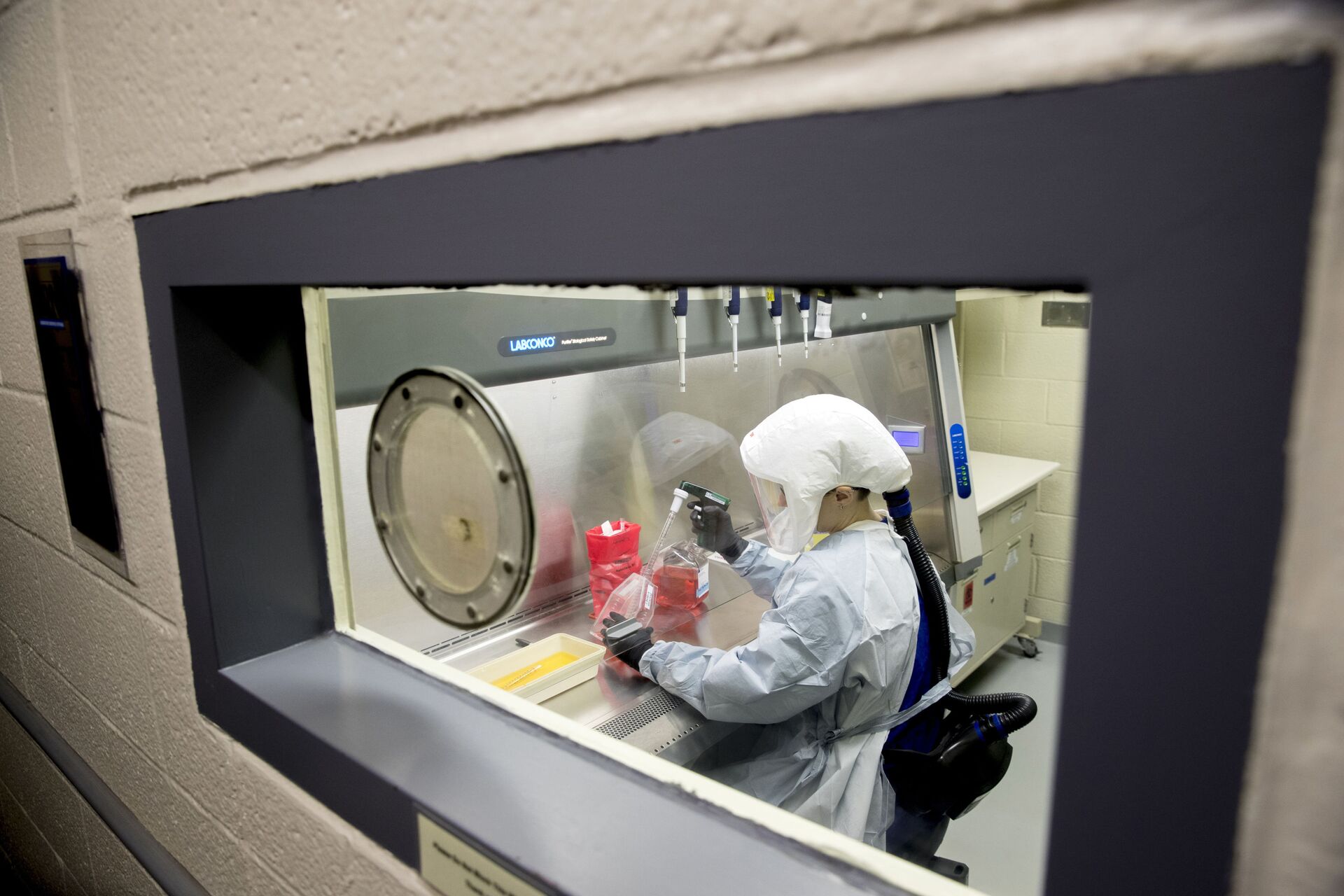
In early June, a Virginia-based Twitter user got the CDC documents on the inspection of the Fort Detrick under The Freedom of Information Act (FOIA). Global Times found that most of the documents were emails between CDC officials at various departments and USAMRIID from 2018 to 2019. Although some of the emails were covered by an ABC-affiliated television station in Washington, the report did not catch much attention.
The emails revealed several violations at the Fort Detrick lab during CDC's inspections in 2019. Four of which were labelled serious violations.
One of these serious violations, the CDC said, was one inspector who entered a room multiple times without the required respiratory protection while other people in that room were performing procedures with a non-human primate on a necropsy table.
This deviation from entity procedures resulted in a respiratory occupational exposure to select agent aerosols, the CDC said.
In another serious violation, the CDC said the USAMRIID had "systematically failed to ensure implementation of biosafety and containment procedures commensurate with the risks associated with working with select agents and toxins."
Other violations included lack of proper waste management where waste wasn't transported in a durable leak-proof container, which creates the potential for spills or leaks.
The CDC documents show that it sent a letter of concern to USAMRIID, which resulted in a temporary shutdown of the Fort Detrick lab in 2019.
In an email on July 12, 2019, the CDC said the USAMRIID reported two breaches of containment on July 1 and July 11, 2019, and this demonstrated a "failure of USAMRIID to implement and maintain containment procedures sufficient to contain select agents or toxin generated by BSL-3 and BSL-4 laboratory operations."
"Effective immediately, USAMRIID must cease all work involving select agents and toxins in registered laboratory areas until the root cause investigation has been conducted for each incident and the results have been submitted to FSAP for review", the CDC said.
The FSAP (Federal Select Agent Program) is jointly comprised of the Centers for Disease Control and Prevention's Division of Select Agents and Toxins and the Animal and Plant Health Inspection Service's Division of Agricultural Select Agents and Toxins. The programme oversees the possession, use and transfer of biological select agents and toxins, which have the potential to cause a severe threat to the public, animal or plant health or to animal or plant products. Common examples of select agents and toxins include the organisms that cause anthrax, smallpox, and bubonic plague.
Three days later, Fort Detrick replied the email by saying that it had submitted messages in response to the immediate action, but the messages were deliberately blotted out.
The message was submitted by a director for Strategic Studies (Countering Weapons of Mass Destruction) at the USAMRIID whose name was also blotted out.
Fort Detrick's public statement released in August 2019 said the shutdown was due to problems in decontaminating wastewater. But it's not clear whether the statement was consistent with CDC's inspection results.
The management of such high-level labs, in general, must be very strict with regular inspections. Various systems should be able to ensure that no potential risks can occur, and equipment failure and wastewater leakage certainly should not occur, a Chinese scientist from the WHO-China virus origins tracing team who requested anonymity told the Global Times.

The wastewater problems revealed major loopholes in the management at the Fort Detrick lab, and one has to wonder what else was leaked with the mismanaged wastewater.
"Some highly pathogenic pathogens in the laboratory were likely released. And the US military never told the public about what they were doing", the scientist said.
It is highly likely that researchers at Fort Detrick may have been infected accidentally but showed no obvious symptoms. In this way they could have brought the virus to the outside world, the scientist said.
"Under the circumstances of no obvious symptoms, 9 of the 10 individuals may not have known that they were infected and it's possible that more than 90 percent of the transmission routes had been lost when the virus was finally detected. This is also why the tracing of virus origins is difficult to conduct," he said, noting only serological survey on a large scale could find some of the early infections.
Why Not Open Fort Detrick Lab
Several virologists and analysts interviewed by the Global Times urged the Fort Detrick lab to open its doors for an international investigation since international experts have already visited the Wuhan Institute of Virology.
Many Western politicians and media outlets pinned the blame of the pandemic on Wuhan, saying that Wuhan was where the virus was first detected and where the virus came from despite mounting evidence that it's not the case.
In a recent example in June, a research study run by the National Institutes of Health's All of Us Research Program found evidence of COVID-19 infections in the US as early as December 2019, weeks before the first documented infection in the country.
Wuhan recorded the earliest COVID-19 symptoms from a patient on 8 December 2019.
When asked to give more details on the study, a media person with the All of Us Research Program told the Global Times that the programme "has nothing further to add" from the information it had already released.
As for why the virus was first detected in Wuhan, the anonymous scientist said that the virus was difficult to be detected at an early stage, especially in autumn and winter with more cold cases. And it would not attract attention until a large number of people were infected. That's what happened in densely populated Wuhan, the scientist said.
China's public health system is very sensitive especially after the SARS outbreak in 2003, but this is not always the case abroad, especially when the population density is low and the virus does not spread so fast, the expert said.
"The novel coronavirus was first discovered by three Chinese companies at the same time. It is very simple to detect these things, and China has lots of such third-party companies with strong medical detection ability", he said.
Without going back to earlier serum samples elsewhere now, it is going to be difficult to find the source of the virus. The retrospective studies that have been done in China have not found any evidence. It's important for the world to work together now to sort through the evidence and do early serological investigations where necessary, he said.
Zeng Guang, former chief epidemiologist of the Chinese Center for Disease Control and Prevention, told the Global Times that laboratory leak is easy to identify, as infections are bound to show signs, whether it is an operational problem or an infection of lab staff.
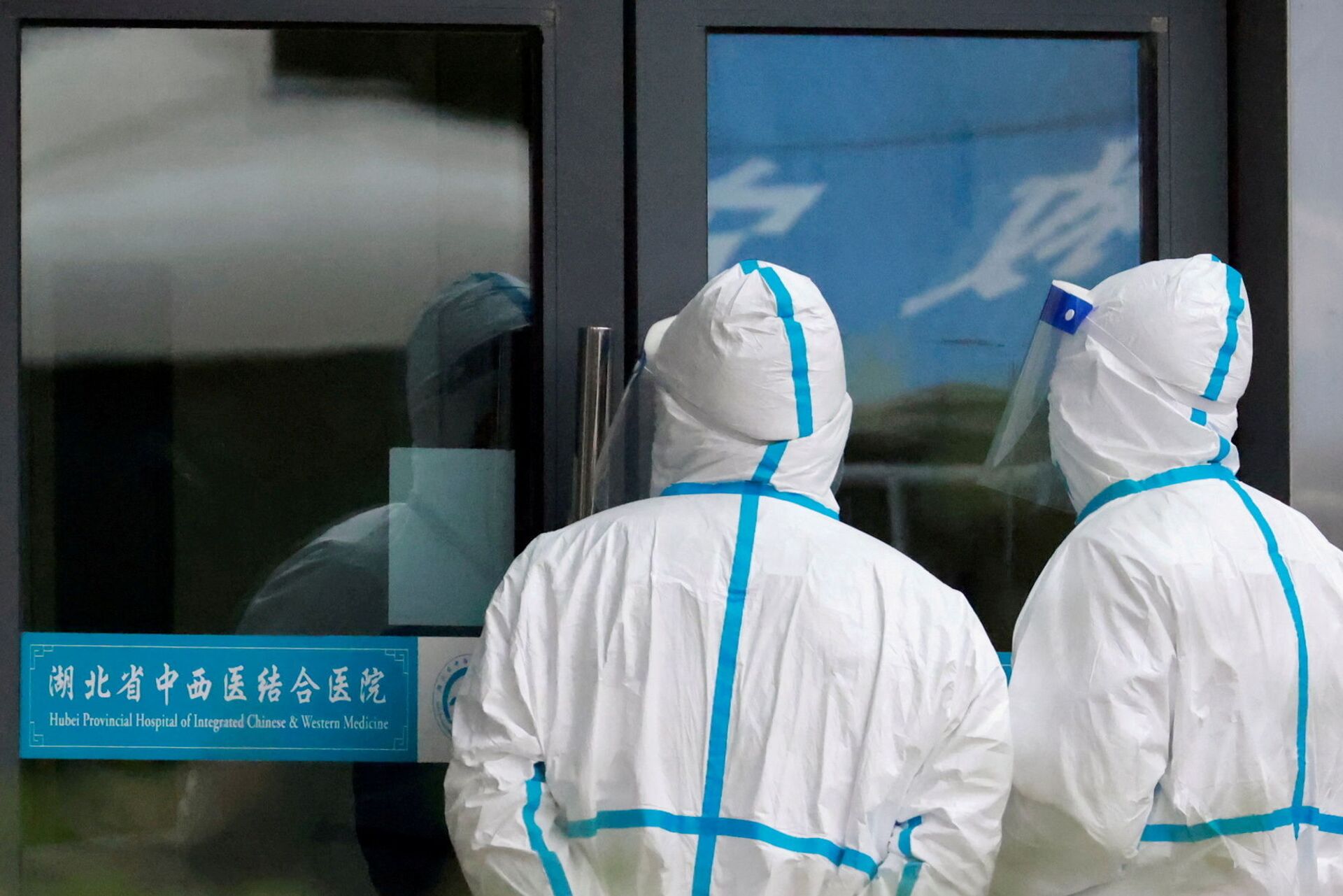
The WHO experts assessed the lab-leak hypothesis when they visited Wuhan and found no evidence, and the speculation on its possibility in a Wuhan lab should have ended by now. In the meantime, we should put a question mark on other hypotheses, such as other labs around the world, Zeng said.
Zeng said the US is afraid of WHO's an inspection in the same way it was done in China, Zeng said.
The US, the only country obstructing the establishment of a Biological Weapons Convention (BWC) verification mechanism, has systematic problems, Zeng said, adding that the US is afraid that the investigation into its labs would lead to more of its dirt being dugout.
This article was originally published by The Global Times

